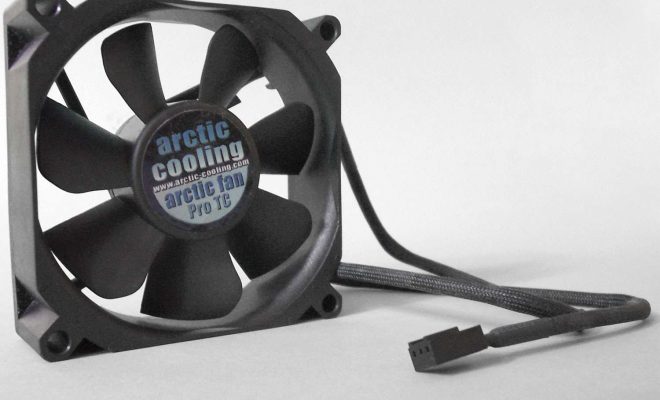How to Control the CPU Fan on Windows 10

If you are experiencing high CPU temperatures on your Windows 10 computer, it might be time to take control of your CPU fan. If your CPU fan is not working as it should or is too loud, you can adjust its speed to control the temperature of your computer. In this article, we’ll explore how to control the CPU fan on Windows 10.
Before we proceed, it’s worth noting that not all computers have BIOS support for fan control. If your computer doesn’t have BIOS support, you can also use third-party software to control your CPU fan.
Method 1: Control Fan Speed in BIOS
1. Restart your computer and enter BIOS by pressing a specific key (depends on your computer brand) during boot-up.
2. Navigate to the Hardware Monitor, PC Health Status, or similar section and locate the CPU fan options.
3. Change the fan control settings – here you can choose to either enable PWM (Pulse Width Modulation) control or DC (Direct Current) control.
Note: PWM control is the preferred method – this ensures the fan speed adjusts automatically based on the temperature of your CPU.
4. Change the fan profile – Choose between silent, performance, and balanced modes. Silent mode runs your fan at a lower speed, while performance mode runs your fan at a higher speed.
5. Save your changes and exit BIOS.
Method 2: Use a Third-Party Software
There are several third-party software applications you can use to control the CPU fan on Windows 10. Some of the popular options include:
1. SpeedFan – A popular fan control software that supports both AMD and Intel CPUs. With SpeedFan, you can adjust fan speed based on CPU temperature, HDD temperature, and more.
2. HWMonitor – A free fan control software that shows you the current fan speed, CPU temperature, and other system information.
3. CAM – A fan control software that not only controls your fan speed but also helps you track your CPU usage and temperature.
Conclusion
Controlling your CPU fan on Windows 10 is essential for keeping your computer’s internal components at a safe operating temperature. By adjusting fan speeds either using BIOS or third-party software, you can maintain a comfortable temperature that works best for your computer. However, we recommend doing this only if you have hardware knowledge – setting your fan speed too low can cause your CPU to overheat and damage your computer.





